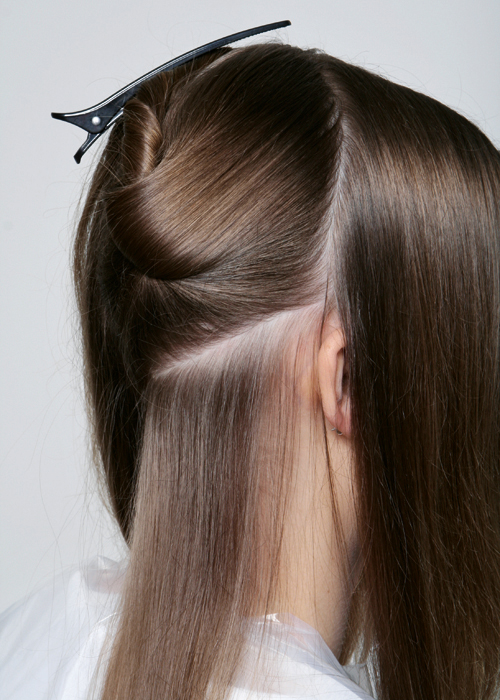Dealing with head lice is a universal concern that affects people of all ages, but it is especially prevalent among school-aged children. The tiny, parasitic insects that infest the scalp can cause significant discomfort and embarrassment. Traditional treatments, such as over-the-counter shampoos and prescription medications, often involve harsh chemicals and can be time-consuming. However, an unconventional yet increasingly popular remedy has emerged: hair dye. This stylish solution offers an appealing alternative for those battling lice infestations. Hair dye’s effectiveness against lice stems from its chemical composition. Most hair dyes contain ingredients such as ammonia, hydrogen peroxide, and alcohol, which are lethal to lice and their eggs nits. When applied to the hair and scalp, these chemicals penetrate the exoskeletons of the lice, leading to their dehydration and eventual death. Moreover, the dye’s thick consistency helps in smothering the lice, reducing their ability to cling to the hair shafts. As a result, hair dye not only kills adult lice but also destroys their nits, preventing further reproduction and spread.

Beyond its lice-fighting properties, hair dye offers a dual benefit by providing a cosmetic enhancement. Many individuals find the idea of dyeing their hair more appealing than using traditional lice treatments. Changing one’s hair color can boost self-esteem and provide a fresh, new look, transforming a bothersome situation into an opportunity for a style upgrade. This added psychological benefit makes hair dye a preferred choice for those seeking a more enjoyable solution to an otherwise unpleasant problem. Applying hair dye as a lice treatment is relatively straightforward. The process begins with selecting a hair dye that contains strong chemical agents. Permanent and semi-permanent dyes are generally more effective than temporary dyes due to their longer-lasting and more potent formulas. It is crucial to follow the manufacturer’s instructions carefully to ensure the dye is applied correctly and left on for the recommended duration. After rinsing out the dye, a fine-toothed lice comb can be used to remove any dead lice and nits from the hair, further ensuring the eradication of the infestation.
Despite its advantages, it is essential to consider certain precautions when using hair dye for lice treatment. Hair dye can cause allergic reactions and skin irritation, so conducting a patch test before full application is recommended. Additionally, repeated use of hair dye can lead to hair damage and scalp dryness. Therefore, it is advisable to limit the frequency of dyeing and to use conditioning treatments to maintain hair health and does dying hair kill lice. Consulting a dermatologist or healthcare provider before using hair dye for lice treatment can also provide personalized guidance and ensure safety. In conclusion, hair dye presents a stylish and effective solution to the common problem of head lice. Its chemical properties make it a powerful lice-killing agent, while its cosmetic benefits offer a psychological boost to those affected. By transforming a lice infestation into an opportunity for a new look, hair dye turns a typically unpleasant experience into a more manageable and even enjoyable one. However, as with any treatment, it is important to take necessary precautions to avoid potential side effects and to maintain the health of the hair and scalp.